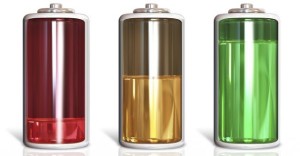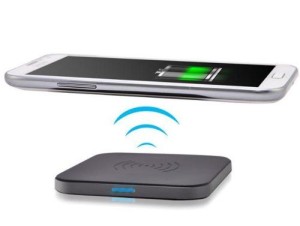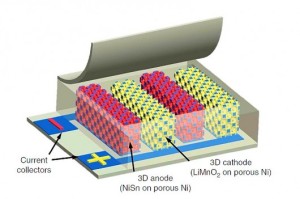Instant, QI, RF, & Turbo Charge
The Future of the SmartPhone Batteries and charging them is really starting to look interesting. The progression I have seen in that last couple of years is really amazing, lets take a look.
Lets make a quick list
We all know that the Lithium-ion batteries are really nice and last a lot longer then the NI CD, but with these batteries you still need to charge them all the time based on there MA Hours example: most phones are around 2800MA hours and tablets are around 4000mah to 6000mah. There are many different ways to accomplish this task of recharging your device so lets take a closer look at them and some of the new ones as well.
Now on to the good info the charging Tech.
2. QI wireless induced Charging
5. Power Banks
I am pretty sure most of you have heard and seen the Quick Charger in devices like the Nexus 6, Note 4, Xperia Z3, and the Droid Turbo. It allows you to charge your android device much faster and with more amperage if your battery is really low. Example: In laboratory tests using a 3300mAh battery, a Quick Charge 2.0 enabled device went from 0% to 60% charge in 30 minutes, while a device without Quick Charge 2.0 using a conventional (5 volt, 1 amp) charger achieved just a 12% gain in the same 30 minutes. A device with Quick Charge 1.0 managed a 30% charge in that time period. This is a huge step in the right direction but i recommend you read on.
QI wireless induced Charging is also a great charging option on many devices like the Moto 360 smart watch and the Nexus 6. QI charging is done with pad that creates a magnetic field that you place the device on and as long as the phone is inside the magnetic field the device is charging.
Power Banks are another great accessory for those on the move and need a little extra juice.
The two up coming charging / batteries i really want to talk about are the RF wireless Charging and Instant Charging with MicroBatteries. RF wireless charging is brought to you by Powercast’s technology. They provided true wireless power for continuous charging and power-over-distance for one or more devices. Wireless power transmission is based on commonly used radio waves (around 5.8GHz) and Powercast’s patented RF-to-DC conversion technology. The combination enables low-power electronic devices to become untethered with trickle-charge embedded wireless power. As I search the web some more I have found a company with this same RF technology called Energous there product is wattup and looks to to use the same technology as Powercast. Energous transmitter looks like it has a range of up to 30 feet which isnt bad if you have one or two transmitters in your house you could go totally charger free. I am really looking forward to see this technology in your portable device really soon.
MicroBatteries with Instant Charging are in my mind even better then RF and here is why. Micro Batteries give you capacitor-like power with battery-like energy storage. This allows the battery to charge instantly like a capacitor on a motor and then drain fast if needed or slowly like a normal battery. Material in todays battery is a thin film that allows for very fast charging and discharging, but reduces the capacity because the active material lacks volume to store energy. Micro batteries wrap a thin film into a three-dimensional structure, achieving both high active volume (high capacity) and large current. These battery electrodes can charge or discharge in a few seconds, 10 to 100 times faster than equivalent bulk electrodes, yet can perform normally in existing devices. I cant wait for the day that my portable device fully charges in 5 seconds or maybe along side all the free wifi hotspots will be free RF charging.
Please check out all the red links if you would like to read more about this amazing developments.
The future of smartphone batteries is looking good and should finally start to catch up with the tech that they are powering.





Super Fans always leave a comment :-)